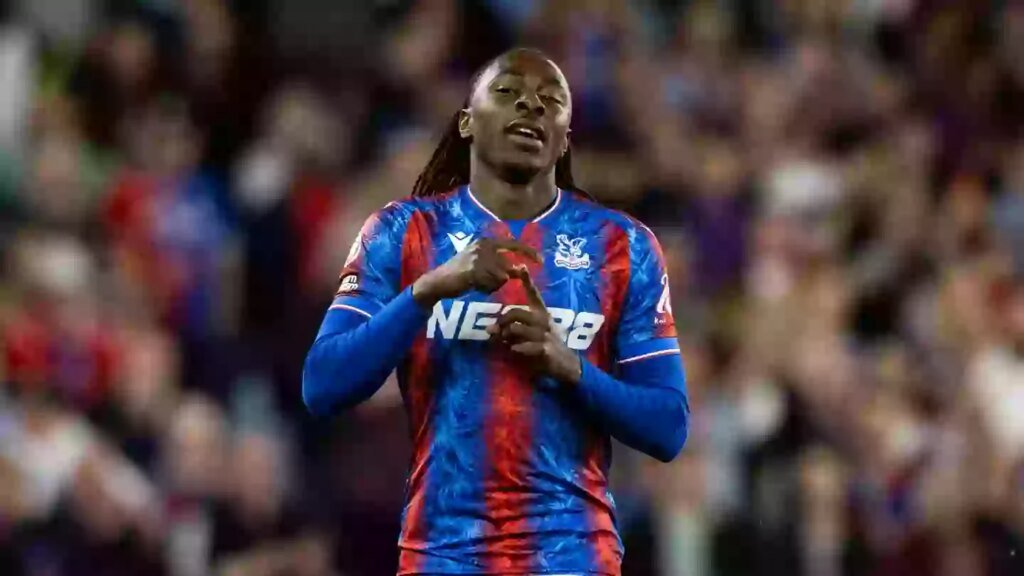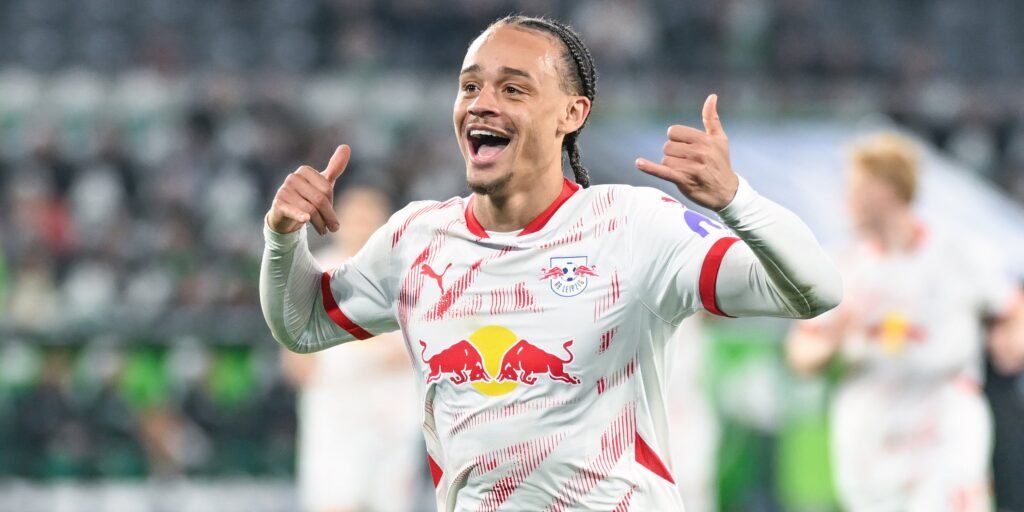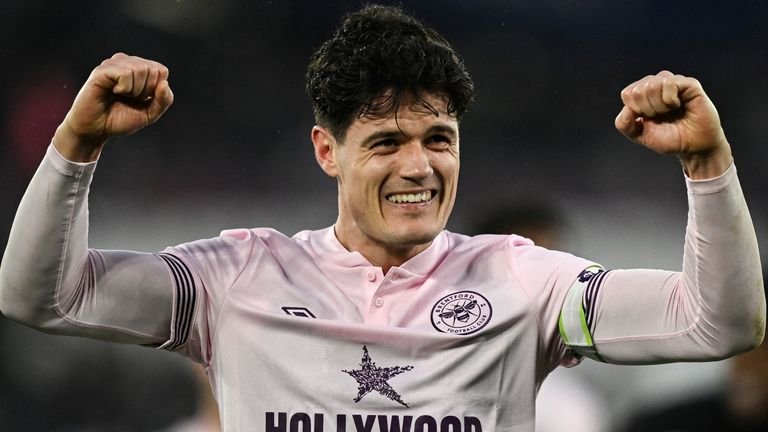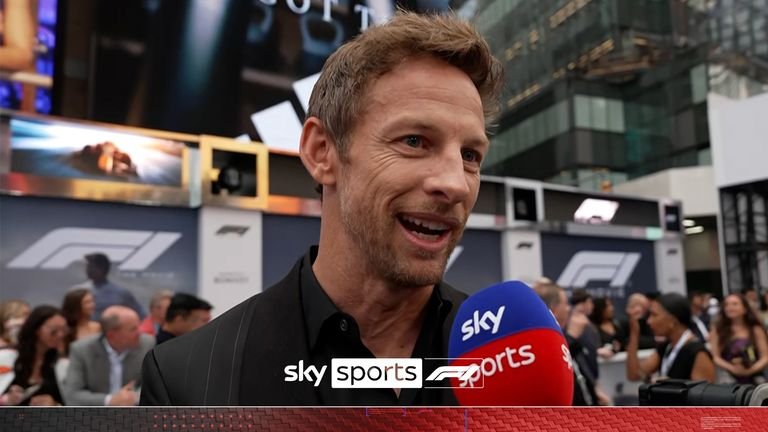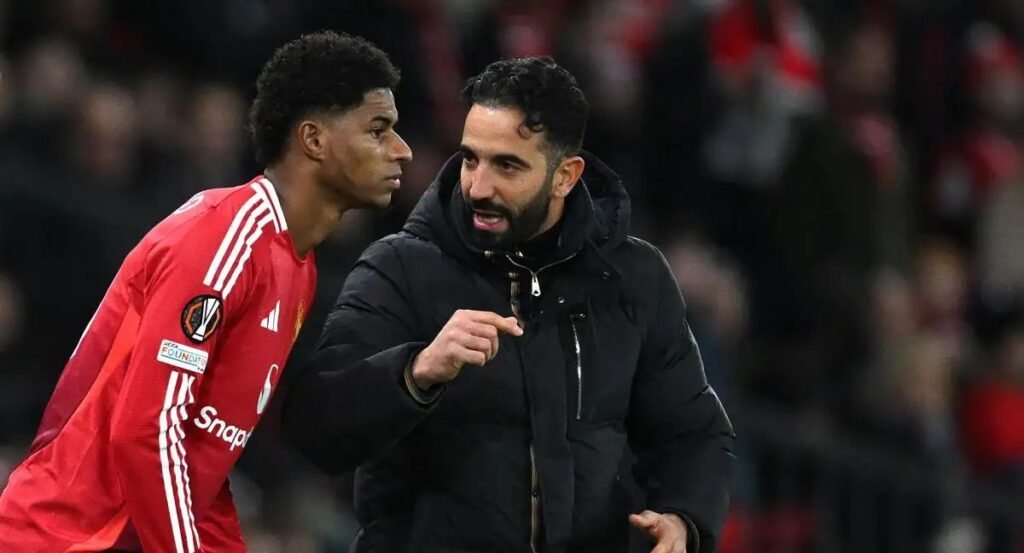This summer’s transfer window has endured something of a sputtering start, owing to the newly-expanded Club World Cup. Ahead of the tournament’s kick-off, clubs were granted an ‘exceptional registration period’ between 1 and 10 June. The window was then closed for five days before it opened rather more widely last Monday; Premier League clubs can now register new signings up to 7pm on Monday, 1 September.
Despite the disjointed beginnings, things quickly settled into a familiar rhythm and, as ever, Premier League clubs lead the way in spending. At the time of writing, according to Transfermarkt, England’s top 20 clubs have already spent more than €760million (£648m) on new signings, more than double Italy’s Serie A, the next highest-spending league.
Plenty of deals have been all-domestic affairs; one Premier League club buying from another. But even accounting for those leaves the English top tier’s net spend at €412m. No other league yet tops €100m.
The reason for English clubs’ preeminence in the transfer market is obvious: the size of the Premier League’s TV deals.
Based on figures detailed in UEFA’s latest European Club Finance and Investment Landscape report, the combined annual worth of the latest TV deals for La Liga, the Bundesliga, Serie A and Ligue 1 is €4.998billion. The Premier League’s deal on its own for the coming season stands at €4.53bn — or 91 per cent of the rest of the ‘big five’ leagues combined.
The actual proportion could be even higher, dependent on what happens in France this summer after the French league and broadcaster DAZN terminated their deal just one year into its five-year term.
Mulling which league in world football boasts the greatest spending power this summer makes for neither lengthy nor novel conversation. It is, as it has been for a very long time, the Premier League.
That remains true even after the recent rise to prominence of the Saudi Pro League. Since joining the elite transfer fray in the summer of 2023, Saudi Arabian clubs have spent at a level only the Premier League surpasses. Those same clubs benefit from near bottomless wealth and don’t have to contend with the regulatory morass of English and European clubs, so there’s a case to be made for the Saudi Arabian league sitting above all others.
Yet much of that spending is concentrated at the four clubs the country’s Public Investment Fund took control of in June 2023: Al Hilal, Al Nassr, Al Ahli and Al Ittihad account for around 85 per cent of Saudi club spending since then.
On the contrary, Premier League clubs spend heavily across the board. Recently promoted (and swiftly relegated) Ipswich Town spent more than £100m last summer. Bournemouth, whose average home crowd only just tops 11,000, spent £271.1m across 2022-23 and 2023-24, recouping just £5.1m in the process. That gave them the fifth-highest net spend in England over that time.
The sway of English clubs has become all too obvious in recent years. Bournemouth’s ability to coax Dean Huijsen from Juventus last summer was a pretty stark example of how a Premier League side’s appeal now compares to some of Europe’s most illustrious clubs. Huijsen has since been sold on to Real Madrid for more than triple what Bournemouth spent.
Bournemouth plainly did well in that deal but there is a price to be paid, quite literally, for Premier League supremacy. The ignition of interest from England’s shores alerts clubs to the possibility of a bumper payday — if Premier League clubs are interested, they can seek to push the price up.
It is why, for example, Bayer Leverkusen could command a club-record fee from Liverpool for Florian Wirtz earlier this month. If Wirtz had admirers only from within Germany, or, worse still, only from leagues of lesser quality than the Bundesliga, Leverkusen would have found it much more difficult to summon up the €117.5m they ultimately got from Liverpool for Wirtz’s services.
That’s a fairly obvious point to make, one which tacks to the simple law of supply and demand. There are few world-class footballers who will command the biggest fees. Wirtz might well prove worth the nine figures Liverpool have spent but transfers are hard to compare on a like-for-like basis because a whole array of circumstances dictate the size of the eventual fee. Does the seller need to sell? Is the buyer desperate? Does the player want to move?

Huijsen’s move to Bournemouth was indicative of the Premier League’s pull (Richard Heathcote/Getty Images)
Nevertheless, in an attempt to bring some specificity and comparability to proceedings, Twenty First Group (TFG), a sports intelligence firm, have developed an in-house player price model, trained on historical transfers with the aim of estimating how much a player might be sold for in the present-day transfer climate.
To showcase different leagues’ spending power this summer, TFG pointed their model at an existing Premier League player who enjoyed a stellar season in 2024-25 (we’ll keep him nameless, as Player X, for fear it looks like we’re encouraging a move for him). In doing so, they highlighted clear differences in expected player values, dependent upon the purchasing club.
Per TFG’s example, Player X’s existing club could command an estimated €58m transfer fee if they were to sell to a fellow Premier League club this summer. That amount dips to €51m if a Saudi Pro League club were the buyer, €37m from a La Liga club, €35m from the Bundesliga, €34m from Serie A and €28m from Ligue 1.
If that sounds strange — why should imminent destination change a player’s transfer value? — then consider that transfers don’t happen in a bubble. Just by virtue of a Premier League club being interested, a player’s value rises. Selling clubs are fully aware of the riches England’s top-tier clubs have and barter for as big a slice as they can muster. Linked to that, since 2018-19, Premier League spending as a proportion of the ‘big five’ has risen from 32 per cent to 45 per cent.
At the other end of the scale, the financial chaos which has enveloped French football in recent years, and shows little sign of abating any time soon, has dramatically reduced Ligue 1 clubs’ spending power. Paris Saint-Germain are a clear outlier (and the fact they are can be held up as at least one reason for the diminishing financial power of the league as a whole — TFG rate the spread of quality in Ligue 1 as the least even across the ‘big five’ European leagues), but in general French clubs simply cannot afford to spend anywhere close to what their rivals across the English Channel manage. In 2023-24, PSG accounted for 39 per cent of Ligue 1’s gross spend.
While PSG might operate on a different plane to their domestic rivals, they do help highlight why it is difficult to talk about divisions as homogeneous entities when it comes to transfers.
Leverkusen again offer a relevant example. Their hefty takings from Liverpool this summer for Wirtz and Jeremie Frimpong have, naturally, boosted their coffers. In turn, they have more buying power than ever before. Already, they look set to break their transfer record, last set six years ago, sending in excess of £30m back to Anfield for Jarell Quansah. Big, one-off sales, or a flurry of good deals, can elevate a club’s spending power well beyond what might normally be expected.
That’s not always the case; good sales are sometimes needed to plug gaps elsewhere. The Primeira Liga in Portugal is routinely one of the best selling leagues in world football, driven by big player profits at the trio of Benfica, Porto and Sporting.
Relative to the rest of Portugal, none of those clubs skimp on signings, but they trail most European rivals — only Benfica have broken into the top 25 spenders in Europe in any of the past three seasons. Those clubs require big sales to offset operating losses. Much the same is true of clubs in England’s second tier, another division that has posted large net transfer income in recent seasons.
One league on the rise in terms of spending power is Serie A. The division was third for net spend in 2024-25 and, already this summer, six of the top 20 spending clubs hail from Italy’s top division.
Buoyed by improving performances in Europe and the attendant wealth that brings (Italian clubs should have topped a collective €400m in UEFA prize money last season for the first time), as well as a competitive domestic league where there’ve been four different winners in six years, Serie A revenues are improving and their ability to buy likewise. That said, a stagnant TV deal and continued huge losses at some of its biggest clubs — Juventus lost nearly €200m pre-tax in 2023-24, Roma lost €76m — will limit how far that goes.
According to TFG’s model, Italian clubs get more bang for their buck than elsewhere too. When spending €20m, they estimate Serie A sides would, on average, be able to buy a player worthy of being a starter for the 12th-best Premier League club. In England, where clubs have to put up with paying a premium, €20m would only be enough for a starter at the 18th-best Premier League club. In other words, based on their analysis, Premier League clubs need to spend in excess of €20m if they want starters worthy of sides that will survive relegation.
Obviously, that’s not a set rule for every deal, and the source of those players has a bearing on their value. Premier League clubs enjoy the benefit of their players’ values increasing by virtue of having played in the Premier League, as proven by the huge player profits relegated clubs like Southampton have been able to generate in recent years. Players reared in the league’s best academies can go for huge fees. Those factors help offset the premium paid on new signings, but it remains that English football’s well-known wealth means its clubs have to stomach paying more than their European peers.
Thankfully for them, they tend to be able to afford it. English Premier League clubs retain their spending power, with a new TV deal only likely to add further heft to their transfer sprees. Liverpool and Manchester City top the transfer charts already, spending nearly €300m between them even before we’ve reached July.
They and their Premier League peers will generally be able to buy as they please this summer — but that doesn’t mean it’s as simple as it looks. English clubs will continue to dominate transfer spending, but the huge sums they spend are in part because everyone knows they have to ability to spend it in the first place.
(Photo: Liverpool FC/Liverpool FC via Getty Images)

